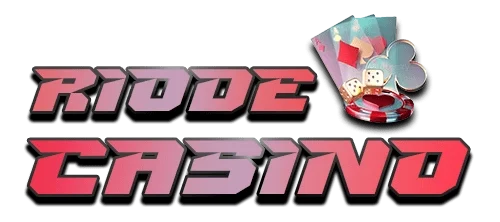When Sony launched the PlayStation Portable (PSP) in 2004, it marked a turning point in handheld gaming. While Nintendo had dominated the portable market with more casual titles, Sony offered something radically different: console-quality games in the palm of your hand. Over time, the best PSP games became renowned not just for their mobility but for their ambition, pushing boundaries of what was previously considered possible in portable play.
What made the PSP stand out was its dedication to delivering full-scale experiences. Instead of simplifying games to fit into a smaller system, Sony and its developers adapted large, complex worlds into a portable format. A perfect example of this was Metal Gear Solid: Peace Walker, which brought the stealth-action formula of the mainline series to handheld without compromise. Its cinematic cutscenes, deep gameplay mechanics, and even online co-op made it a standout title that many fans still consider essential.
Another groundbreaking game was Gran Turismo PSP, which defied expectations by delivering nearly 800 cars and dozens of tracks on a device that fit in your back pocket. While the game lacked a traditional career mode, it more than made up for it with content depth and technical brilliance. Similarly, God of War: Ghost of Sparta and Chains of Olympus preserved the hack-and-slash thrill of the main series, boasting some of the best graphics ever seen on a handheld.
PSP games weren’t just about spectacle, though. Many titles kribo slot leaned into the strengths of handheld gaming, offering bite-sized gameplay that still packed a punch. The LocoRoco and Patapon series, for example, embraced rhythm and quirky visuals to create gameplay loops perfect for on-the-go entertainment. These games didn’t try to mimic consoles but instead offered experiences tailored for portability, proving that innovation could thrive even in small packages.
Multiplayer on PSP was another area where the system excelled. Monster Hunter Freedom Unite built a passionate fan base through ad-hoc multiplayer sessions. While online infrastructure was still evolving, players would gather in person to team up against enormous monsters, fostering a community spirit and replay value that kept the PSP relevant for years.
Moreover, the PSP functioned as more than a gaming device—it became a media hub. With the ability to play music, movies, and even download digital comics, it introduced many players to digital consumption before smartphones took over that role. The PSP store eventually became a gateway to not just new titles but classic PS1 games, giving players access to iconic franchises like Final Fantasy, Tekken, and Resident Evil.
In hindsight, the PSP was ahead of its time. It blurred the line between handheld and console gaming in a way few devices had attempted. Its best games remain a testament to creative risk-taking, technical innovation, and the growing maturity of portable gaming. For many, the PSP wasn’t just a sidekick to the PlayStation 2 or 3—it was a full-fledged gaming experience that went wherever they did.
